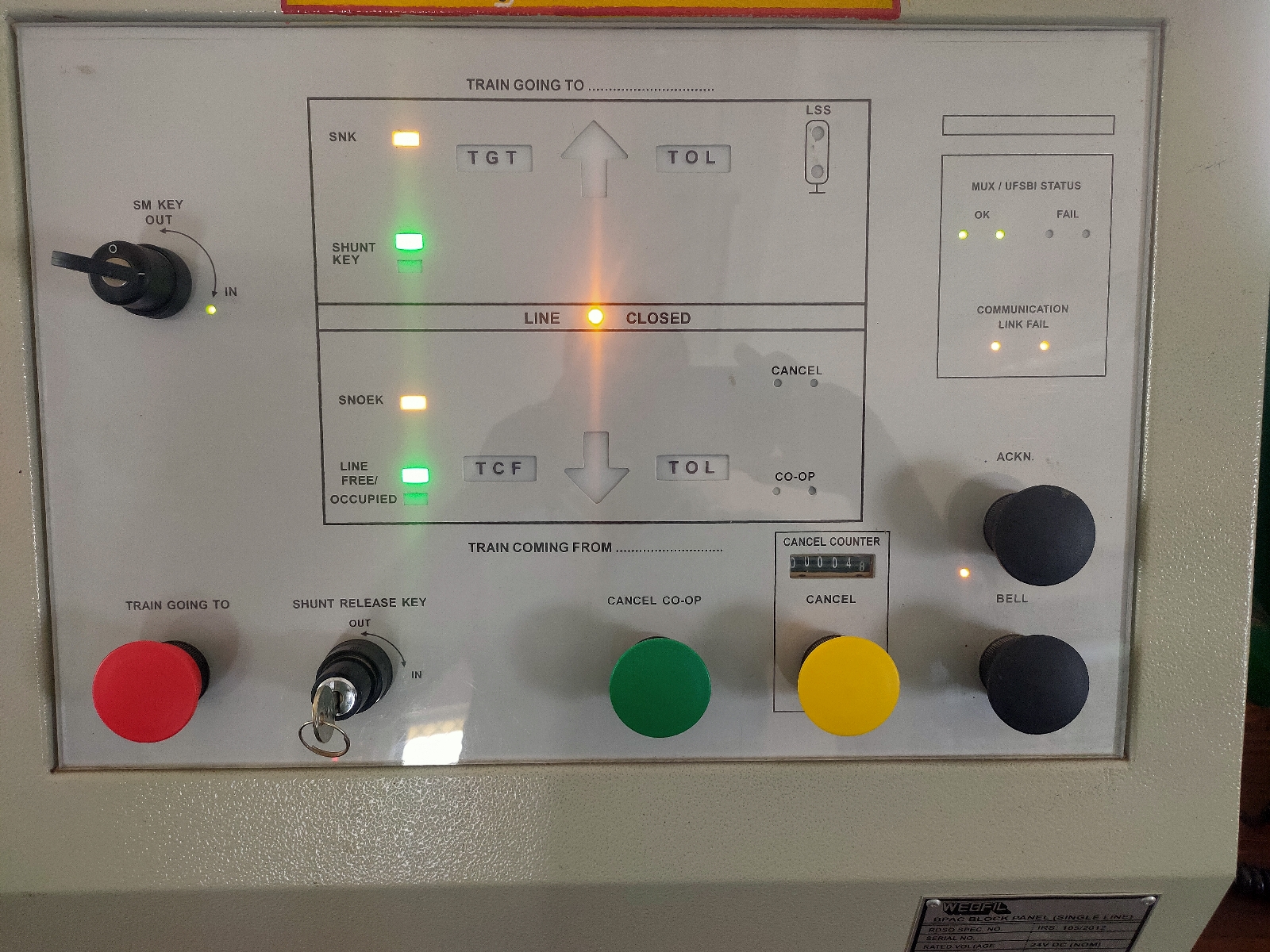What is a lead acid cell. How can be find the capacity of a cell in Ah
what is fuse , what is pptcA Battery converts chemical energy into electrical energy .
👉 A Dry cell is that cell which has not any liquid electrolyte .
👉 Lead acid cell means that secondary cell which contains lead pb as electrode and acid H2SO4 as electrolyte . It is also called voltaic cell .Volta invented it therefore on him honour its name became votaic cell .
Parts of lead acid cell
1-Positive terminal post
2-Negative terminal post
3-float indicator
4-seprator
5-plate paste
6-pvc container
👉 There are three types of Lead acid cell .
2) low maintenance lead acid battery (LMLA )
3) valve regulating lead acid battery (VRLA )
Capacity of cells depend on
1) types of cells
2) thickness of plate
3) construction of plate
4) size of plate
👉 Capacity of battery is expressed in AH which means ampere hour aur example 80 ampere hour mens 8 ampere load current and 10 hour it's backup time .
Capacity of secondary cell denoted by C and is expressed as a formula
C is equal to to load current x backup time required divided by depth of discharge permitted .
For example , if load current equal to 10 ampere and Beck up time equal to 10 hours what is capacity if cell is flooded type .
Now , C = 10×10/70% = 132.8 ah ~140 ah .
👉 Depth of discharge (DOD) increase in internal resistance with increase in discharge and high current charging. DOD 8 different for different cells .
1) FLOODED TYPE it is 70%
2) LMLA it is 80%
3) LRLA it is 50%
Example -80 AH means 8 ×10 , it takes 8 ampere current for 10 hours .
Cathode and anode of lead acid cell anode is taken as pbo2 and cathode is taken as spongy lead pb .
Electrolyte of lead acid cell is taken as dilute H2 S O4 .
👉 Charging is process in which current of charging circuit absorbed by the cell .
Discharging is a process in which current is drawn by external load from a cell .
Chemical reactions:-
Discharging
At anode
Pbo2 +h2so4 =pbso4 +h20+[o]- -
At cathode
Pb+h2so4+o--= pbso4 +h20 +o--
Charging
At cathode
Pbso4 +h20 = pb +h2so4+o- -
At anode
pbso4+h20+o-- = pbo2+h2so4👉 LEADING TO LOSS OF WATER
When the battery charging approaches its final stage the charging current is consumed slowly for electrolyte . Decomposition of water to oxygen gas from positive plate and hydrogen gas from negative plate leading to loss of water hence battery needs to be topped with distilled water . Density of the electrolyte is maximum when the cell is fully charged and it is minimum when cel is under discharging condition.
Electrolytic label should be maintained 12mm to 15mm above the plate.
Change in a specific gravity equal to 0.7 per degree centigrade.
Process of initial charging
1st charge C/20
1st discharge C10
2nd charge C/10
2nd discharge C/10
Here , C is the capicity of lead acid cell .
Thanks







Comments
Post a Comment